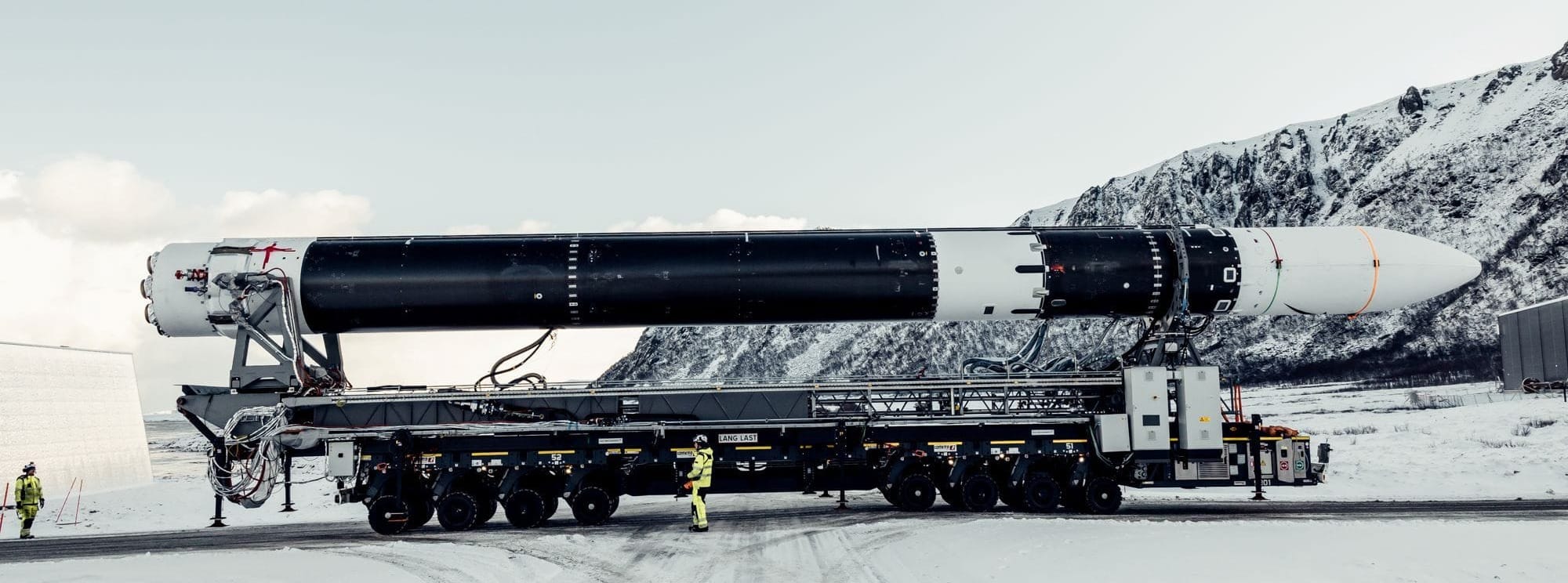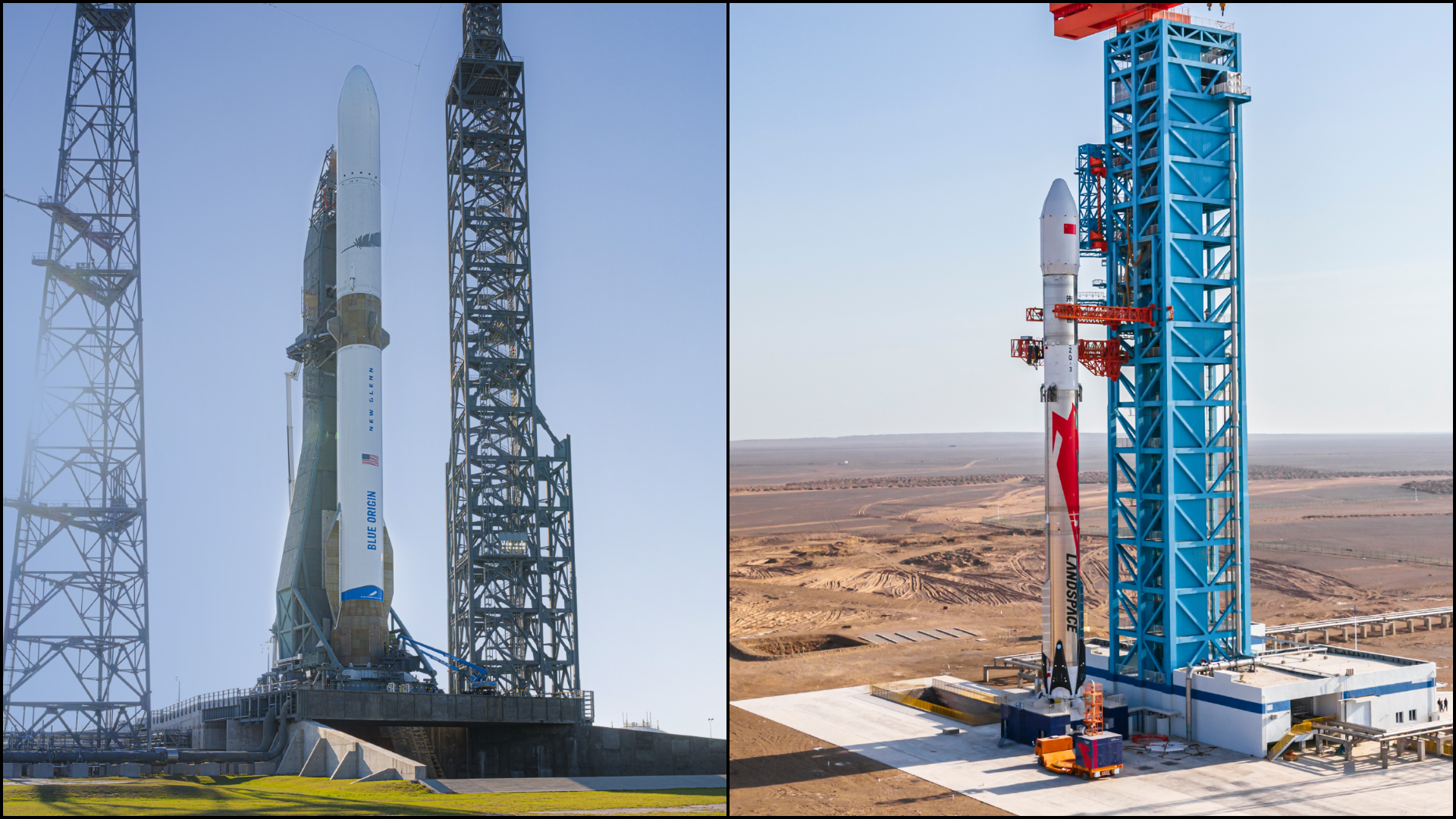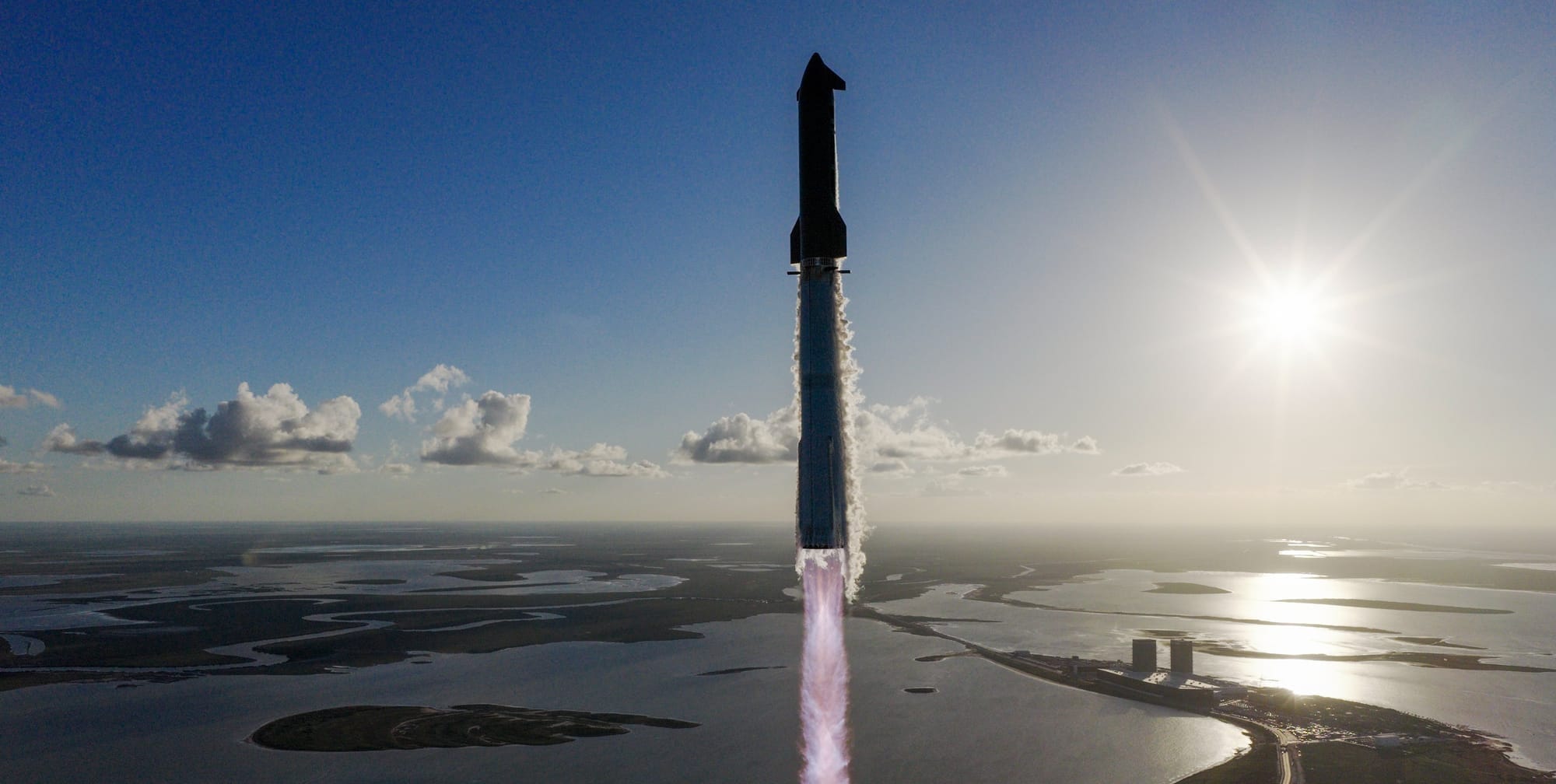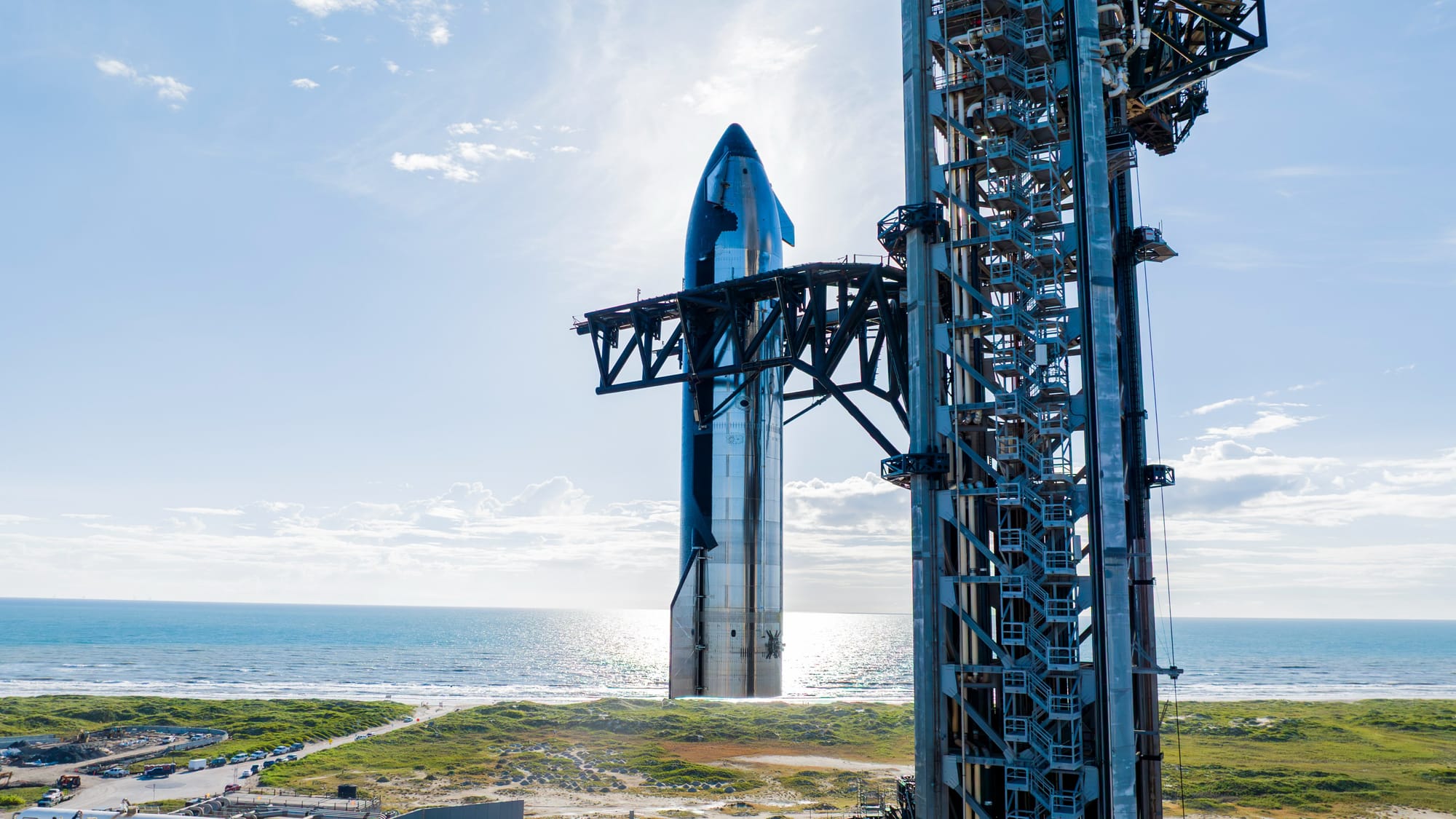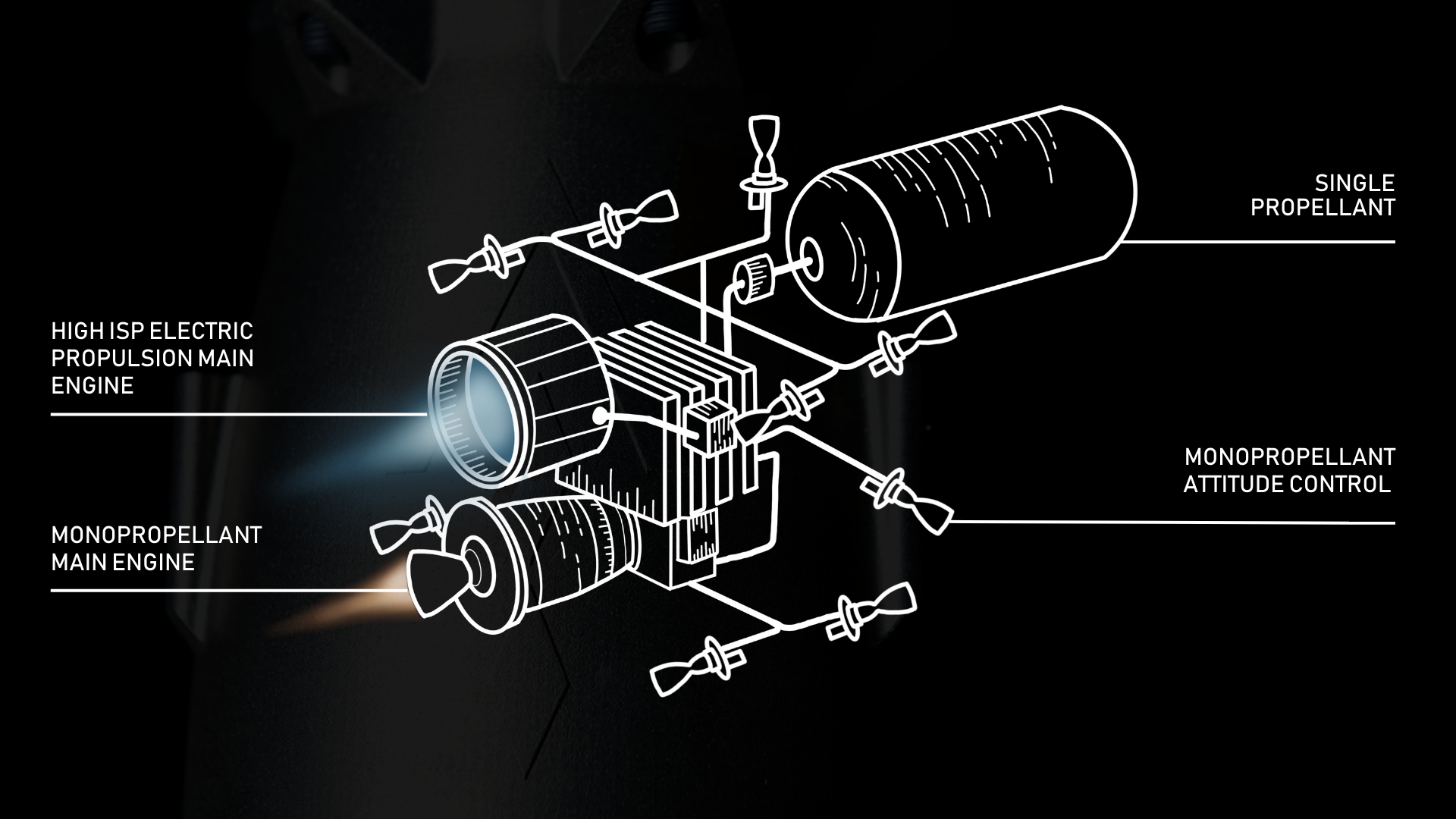Table of Contents
German launch company Isar Aerospace announced today, March 17th, that it has received regulatory approval from the Norwegian Civil Aviation Authority to launch its Spectrum launch vehicle. With regulatory approval, the company is now preparing for the debut launch of Spectrum possibly as Early as Thursday, March 20th.
No payloads will be onboard Spectrum for the debut mission as the company is aiming to test as much of the rocket as possible during flight. Speaking on the first flight, Isar's Vice President Mission and Launch Operations Alexandre Dalloneau said:
“Our goal is to test each and every component and system of the launch vehicle” – “No matter how far we come with this test flight, Mission ‘Going Full Spectrum’ will be a reason for our entire team to be very proud, a success for Isar Aerospace and our close partner Andøya Spaceport, and a huge step forward for European access to space.”
Despite no payloads being put on the first launch, various spacecraft, from Airbus, the Norwegian Space Agency, the German Aerospace Center, EnduroSat, Astrocast, and Spaceflight Inc, have already booked launches, allowing more European satellites to launch on European rockets. Launch vehicles like Isar's Spectrum will allow for greater European autonomy in space, with the company's Chief Executive Officer Daniel Metzler adding:
“In today's geopolitical climate, our first test flight is about much more than a rocket launch: Space is one of the most critical platforms for our security, resilience and technological advancement. In the next days, Isar Aerospace will lay the foundations to regain much needed independent and competitive access to space from Europe.”
Spectrum's first launch is set to occur from Norway's Andøya Spaceport for the site's first orbital launch, which will also be the first time a rocket heads to orbit from continental Europe. Andøya can reach a handful of polar, high inclination, and sun-synchronous orbits between inclinations of 90 and 110.6 degrees due to the site being located within the Arctic Circle. Isar hopes that Andøya can support thirty Spectrum launches per year.
In the coming years, Isar also plans to fly Spectrum from the Guiana Space Centre, located in French Guiana. Launches from Guiana will open up many more orbits for Spectrum to carry customers to while allowing for an increased launch cadence.
Designed, built and tested ✅ Pending regulatory approval, we are Go for flight.
— Isar Aerospace (@isaraerospace) February 21, 2025
Read more: https://t.co/F4nmx0zyPO#fromisartospace pic.twitter.com/qHkmE9scvJ
Production and testing of Spectrum, via Isar Aerospace on Twitter.
The Spectrum launch vehicle is a fairly small two-stage rocket compared to other European rockets, standing 28 meters tall while being 2 meters wide. Unlike Europe's other rockets, Spectrum has been designed, developed, and manufactured in-house by Isar.
Spectrum's payload capacity is currently stated to be 1,000 kilograms to low Earth orbit or 700 kilograms to sun-synchronous orbit, with plans to increase capacity up to 1,500 kilograms. Propelling the rocket and its payload into space are nine Aquila engines on the first-stage and a single Aquila engine on the second-stage, these engines will burn propane and liquid oxygen.
